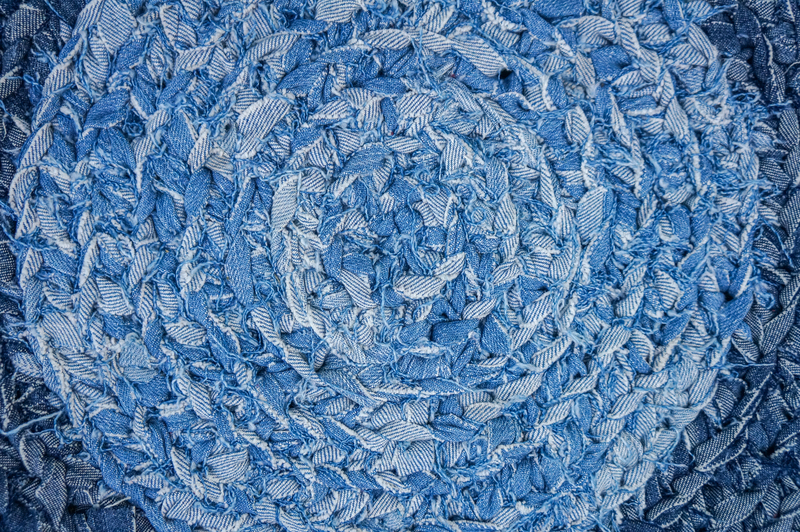Exploring New Ways to Stop Microplastic Pollution
Microplastics have emerged as one of the most pervasive environmental pollutants of the modern world. With increasing concern about the impact of these tiny plastic particles, there's a global push towards finding innovative solutions to halt their spread. In this article, we will explore various strategies, technologies, and initiatives aimed at reducing microplastic pollution.
Understanding Microplastic Pollution
Before diving into solutions, it's crucial to understand what microplastics are. Microplastics are small plastic pieces less than five millimeters long, which can be found in oceans, rivers, and even in the air we breathe. They originate from a variety of sources, including the breakdown of larger plastic waste, synthetic clothes shedding fibers, and personal care products containing microbeads.
The Impact of Microplastics
Microplastics pose a significant threat to the environment and aquatic life. Marine animals often mistake them for food, leading to a series of health issues. Moreover, these particles have been discovered in human food chains, raising concerns about potential health implications.

Innovative Solutions to Combat Microplastic Pollution
As the impact of microplastics becomes increasingly apparent, researchers and innovators are exploring several methods to address this pollution problem. Here are some of the most promising initiatives:
1. Advanced Filtration Systems
One of the proactive measures is to incorporate advanced filtration systems in wastewater treatment plants. These systems can capture microplastics before they enter water bodies. Technologies such as membrane bioreactors and nanofiltration show promise in capturing minuscule plastic particles efficiently.
2. Microplastic-Eating Bacteria
Scientists are exploring the possibility of using bacteria that can degrade plastics. Certain strains of bacteria have been found to consume plastic materials, breaking them down into harmless compounds. Though still in the experimental phase, this biological solution holds potential as an eco-friendly method of reducing microplastic pollution.
3. Sustainable Product Design
Redesigning consumer products to reduce plastic content is another solution. By using biodegradable materials and innovating product design, companies can minimize their plastic footprint, thus preventing microplastics from forming.
4. Public Awareness and Education
Another key strategy is to raise awareness about the sources of microplastic pollution. Educating the public on the impact of microplastics and how to reduce personal contributions can lead to a significant decrease in pollution. Campaigns and educational programs can motivate individuals to make more sustainable choices.
5. Government Regulations and Policies
Legislation plays a critical role in combatting microplastic pollution. Governments around the world are enacting laws that restrict the use of microbeads in personal care products and enforce recycling programs. Effective policy-making can catalyze sustainable change on a larger scale.
Technological Innovations To Watch
Beyond theoretical solutions, several technological advancements offer practical approaches to address the microplastic problem. Here are a few that stand out:
- Biodegradable Plastics: Innovations in materials science are leading to the development of biodegradable plastics that break down more efficiently than traditional plastics, reducing the formation of microplastics.
- Robotic Cleaners: Autonomous robots are being designed to clean up water bodies. These robots can collect floating debris, including microplastics, contributing to cleaner oceans and rivers.
- Advanced Sorting Technologies: Using AI and machine learning, advanced sorting systems can improve the efficiency of recycling operations, ensuring that more plastics are correctly processed.

Collaborative Efforts in Reducing Microplastic Pollution
Efforts to halt microplastic pollution require collaboration across multiple sectors:
Industry Partnerships
Businesses within the tech and manufacturing industries are collaborating to develop and implement solutions for reducing plastic usage. These partnerships focus on R&D investments to create alternative materials and efficient recycling processes.
Community Involvement
Community-led initiatives, such as local beach cleanups and plastic waste collection programs, are fostering grassroots efforts that contribute to the reduction of microplastic pollution. By empowering communities, these initiatives instill a sense of responsibility and collective action.
International Cooperation
Tackling a problem as widespread as microplastics requires international cooperation. Global organizations and treaties, such as the United Nations Environment Programme (UNEP), are spearheading initiatives to address plastic pollution at a transnational level.
Conclusion: A Path Forward
The battle against microplastic pollution is challenging but not insurmountable. By leveraging innovative technologies, implementing effective policies, and fostering global collaboration, we can reduce the impact of these pollutants. Each small action taken today contributes to a larger change, leading us towards a more sustainable and environmentally friendly future.
It's essential for individuals, communities, industries, and governments to work together in this endeavor, maintaining the momentum towards a healthier world free from microplastic contamination.